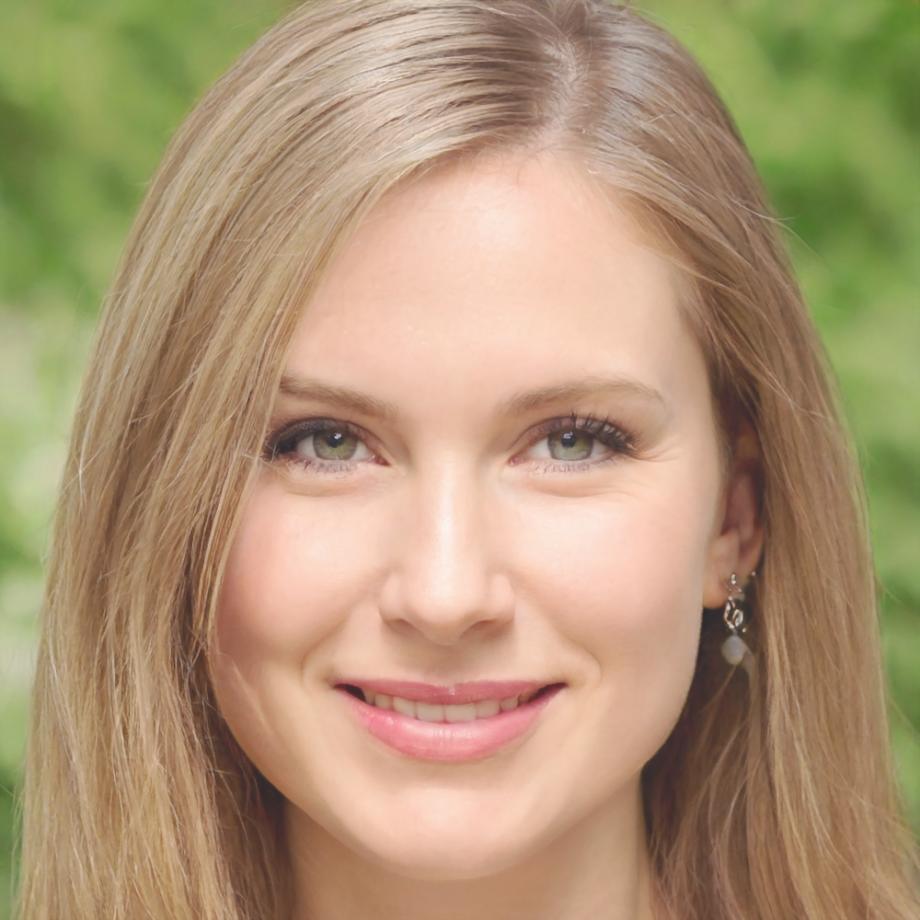Deep Learning Programming Courses
Structured programs starting September 2025 through March 2026. We're building cohorts now for engineers who want to move beyond surface-level tutorials into production-ready neural network development.
Program Schedule and Structure
Each course runs for twelve weeks with a mix of live sessions, hands-on lab work, and independent projects. You'll need about 15 hours weekly to keep pace with material and assignments.
Neural Network Fundamentals
September 8 – November 28, 2025
Start with backpropagation from scratch. No magic libraries in week one. Build gradient descent by hand so you actually understand what's happening under the hood.
- Numpy implementations before frameworks
- Cost functions and optimization basics
- Building MLP architectures step-by-step
- Debugging training processes effectively
Computer Vision with CNNs
October 14 – January 6, 2026
Convolutional architectures for image processing. We'll work through ResNet, inception modules, and attention mechanisms with real datasets—not toy examples.
- Convolution operations and pooling strategies
- Transfer learning and fine-tuning pre-trained models
- Object detection frameworks (YOLO, R-CNN variants)
- Data augmentation techniques that actually help
Sequence Models and NLP
January 12 – April 3, 2026
RNNs, LSTMs, and transformer architecture. Text processing, sentiment analysis, and working with embeddings. Plus an introduction to attention mechanisms that power modern language models.
- Recurrent architectures and vanishing gradients
- LSTM and GRU cell structures
- Transformer blocks and self-attention
- Fine-tuning BERT for classification tasks
Production Deep Learning
February 2 – April 24, 2026
Deploying models that don't fall over. Model serving, versioning, monitoring performance in the wild. Dealing with drift and keeping systems reliable when they leave your laptop.
- Model optimization and quantization techniques
- Containerization with Docker for ML workloads
- API design for model serving
- Performance monitoring and alerting strategies
How Skills Build Over Time
We don't throw you into transformers on day one. The curriculum follows a logical progression—each module assumes you've absorbed the previous one. Most students take two or three courses over 8-10 months.
Foundation Phase
Weeks 1-4
Mathematical foundations and basic neural architectures. Linear algebra refreshers, calculus for gradients, and implementing everything in pure Python first.
Framework Integration
Weeks 5-8
Transition to PyTorch or TensorFlow. Learn the framework idioms, data loading pipelines, and how to structure training loops that don't break.
Advanced Architectures
Weeks 9-11
Specialized models for your domain. Whether that's vision, NLP, or something else. Plus hyperparameter tuning and experiment tracking.
Capstone Project
Week 12
Build something real. Deploy it. Document it properly. Present your approach and results to the cohort.

Questions People Actually Ask
Here's what comes up in most conversations with prospective students. If you've got something else on your mind, just reach out.
Before You Start
What background do I need?
Comfortable with Python and basic linear algebra. You should be able to manipulate arrays and understand matrix multiplication.
Can I work full-time during the course?
Most students do. Plan for 15 hours weekly. Some weeks are lighter, others (especially project weeks) demand more time.
Do you offer payment plans?
Yes. Split payments over three months with no additional fees. Details come with your acceptance.
What if I can't attend live sessions?
Everything's recorded. But honestly, live sessions are where the best learning happens—questions, debugging help, discussion.
During the Program
How much instructor access do I get?
Office hours twice weekly. Plus Discord channels where instructors and TAs respond within 24 hours on weekdays.
What hardware do I need?
We provide cloud GPU credits for training. Your own machine just needs to run Jupyter notebooks comfortably.
Are assignments graded?
You get feedback, not grades. Focus is on learning, not competition. But you do need to complete work to progress.
Can I switch courses mid-stream?
If you're struggling or realize another course fits better, we can work something out during the first three weeks.
After Completion
Do I get a certificate?
Yes, and it includes the specific topics covered. LinkedIn-friendly format.
Can I access materials after finishing?
Lifetime access to course videos, notebooks, and resources. Plus any updates we make to content.
Is there alumni support?
Discord community stays open. Many graduates stick around to help newer students and share opportunities.
Do you help with job placement?
We share opportunities that come our way and review portfolios. No guarantees about employment—we're educators, not recruiters.
Who's Teaching These Courses
Both instructors spent years in industry before teaching. They've debugged production models at 3am and know what actually matters when you're building real systems.

Henrik Lindström
Senior Deep Learning Instructor
Eight years building computer vision systems for manufacturing quality control. Teaches the CNN course and helps with production deployment. Patient with questions and won't let you skip fundamentals.

Mila Virtanen
NLP and Sequence Models Instructor
Built chatbots and text analysis pipelines for fintech before joining us. Leads the NLP course and foundation modules. Really good at explaining why attention mechanisms work the way they do.

Learning Environment
Everything happens online through our learning platform. Live sessions run on Zoom, labs use JupyterHub with pre-configured environments, and discussion happens on Discord.
You'll work on your own projects but alongside other students. Cohorts typically have 20-25 people, which keeps things intimate enough that instructors know who you are.
Students report that the community aspect—being able to ask "stupid questions" without judgment—ends up being just as valuable as the technical content.
Applications Open for Autumn 2025
Enrollment caps at 25 students per course. We review applications on a rolling basis starting June 2025. The earlier you apply, the better chance you have for your preferred course.